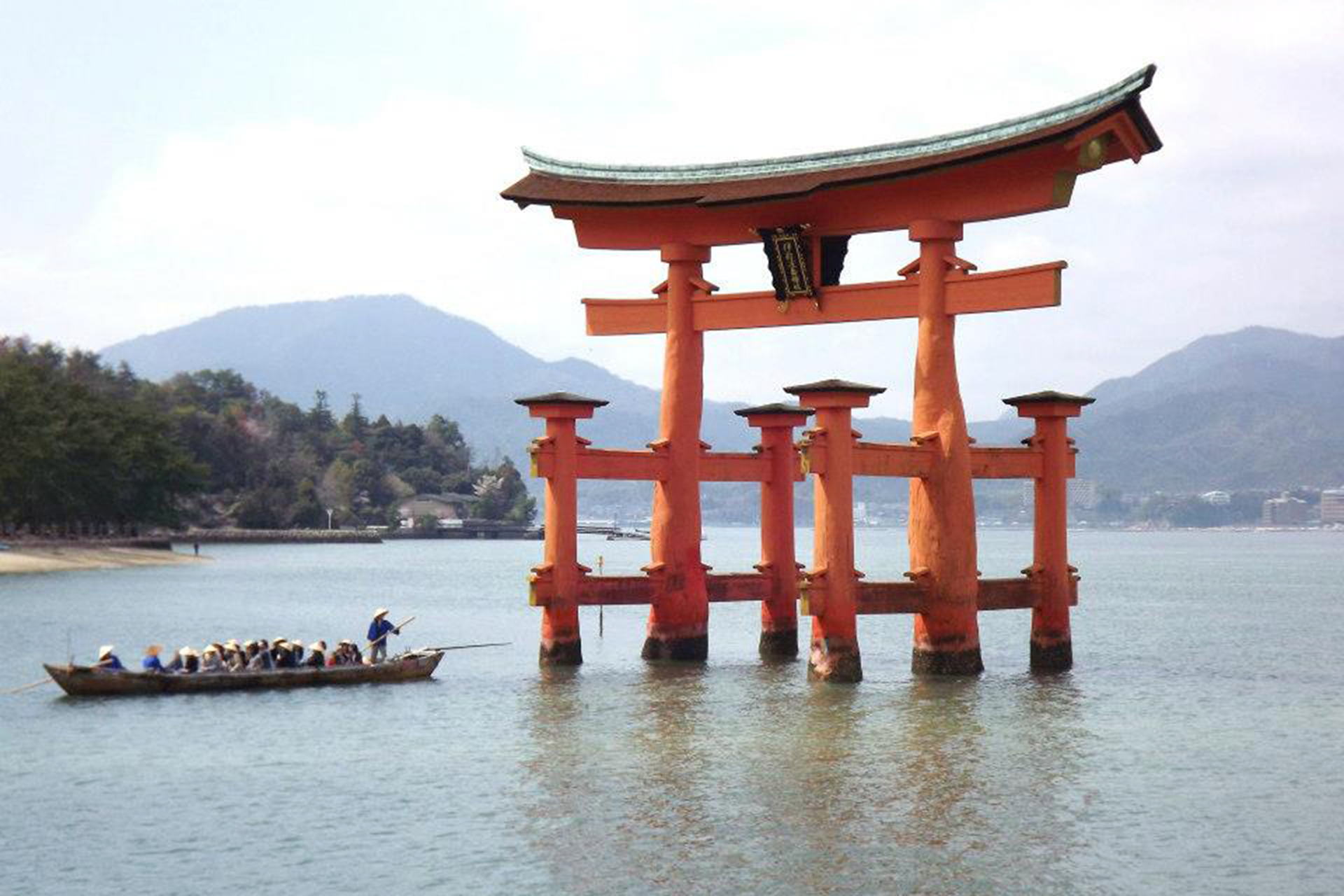A brief history of Japan for travellers
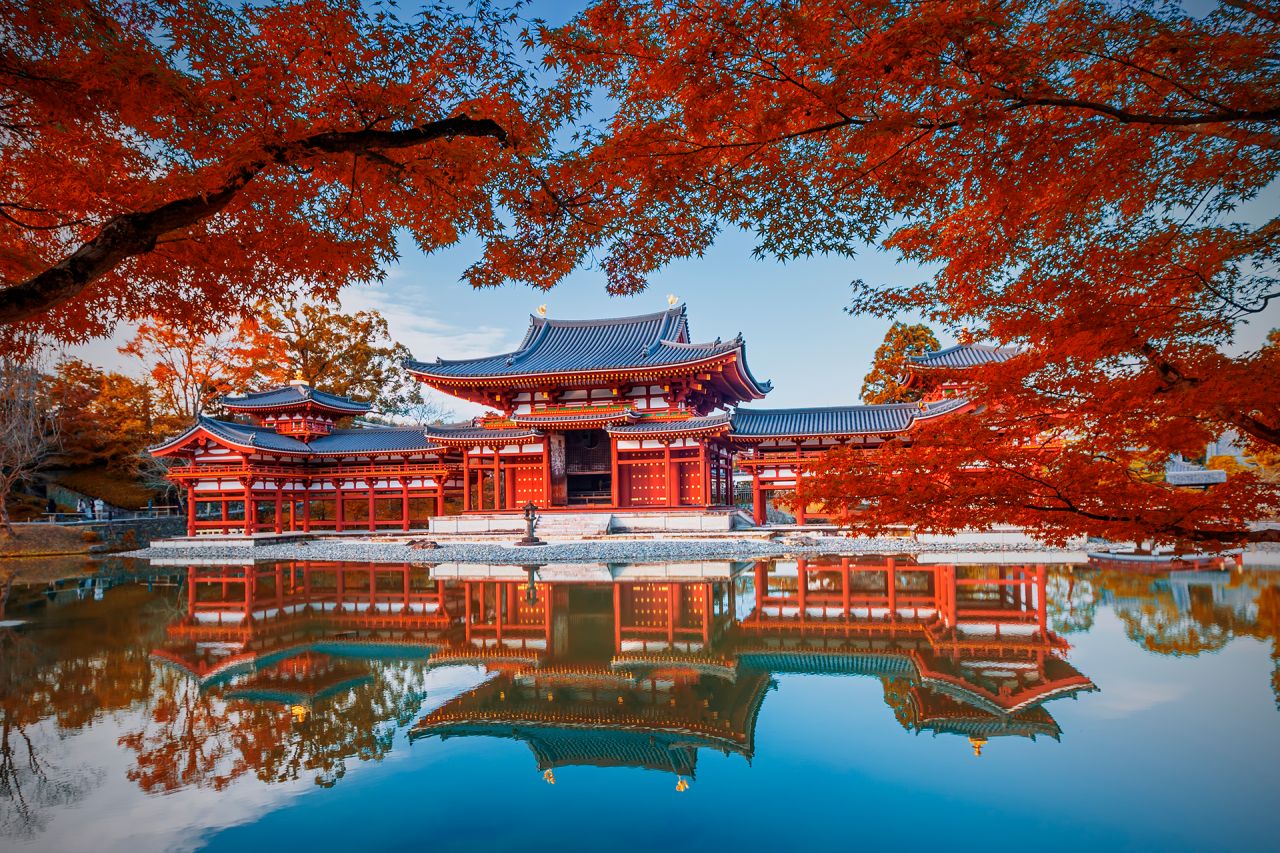
Prehistoric peoples, samurai warriors and imperial rulers have all played their part in shaping Japan’s past. Here Jacqui Agate reveals key moments from Japanese history and how to bring them to life on your travels...
The very beginning
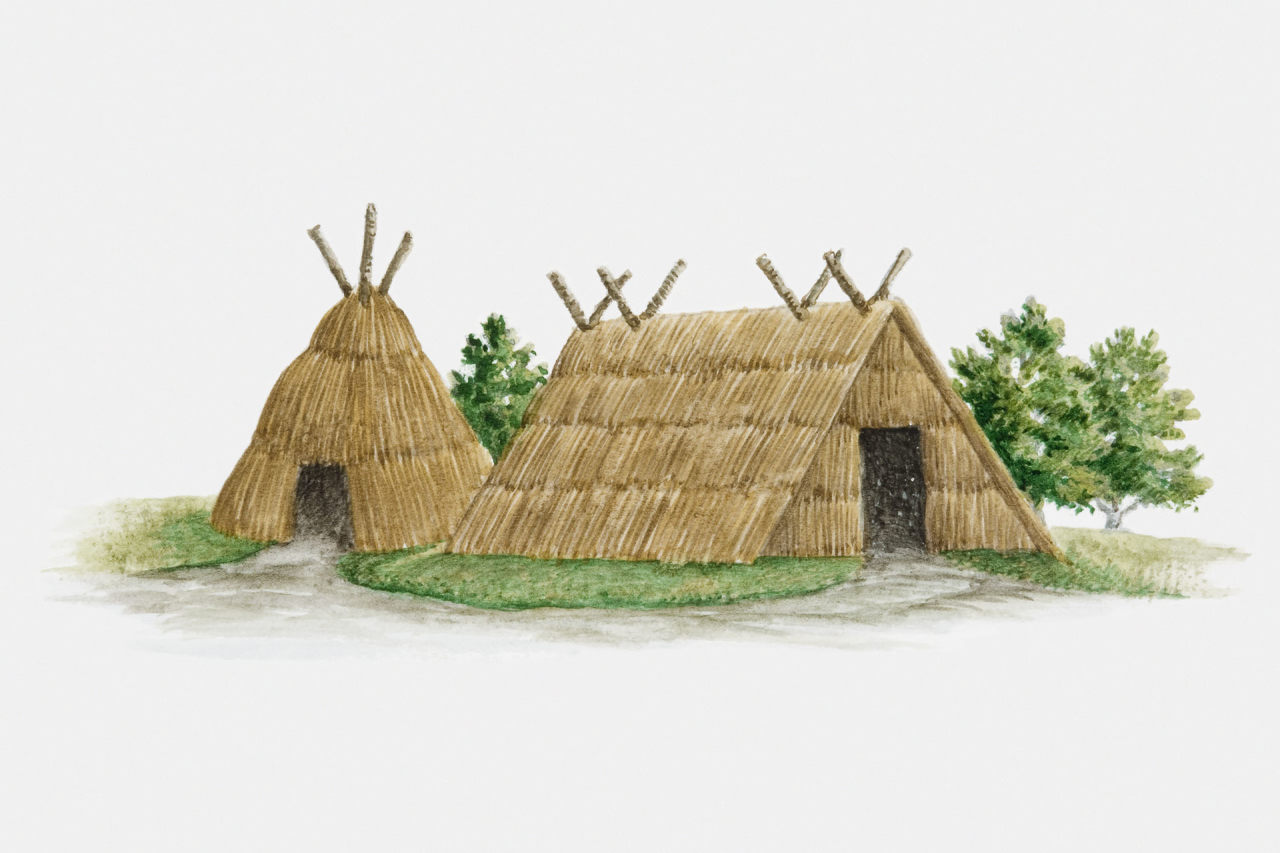
Early Japan remains something of a mystery. For a long time, experts believed that the Jōmon – a hunter-gatherer culture that existed from about 14,500 BC – were the first people to settle in Japan. But more recent evidence suggests that humans made their home here as early as 40,000 years ago.
More is known about the Yayoi culture, which bloomed out from Kyushu and became dominant from 300 BC. They eventually overwhelmed the Jōmon and introduced bronze crafts and weapons to the region.
The Heian era

Fast-forward to 794 AD and there was a new, imperial order. The capital was established in Heian-kyo – modern-day Kyoto – and a kind of cultural renaissance ensued.
There was a bounty of art and poetry, influenced heavily by the Chinese, and new sects of Buddhism flourished. It was also a fruitful period for literature: works such as The Pillow Book by Sei Shōnagon have stood the test of time.
The rise of samurai warriors
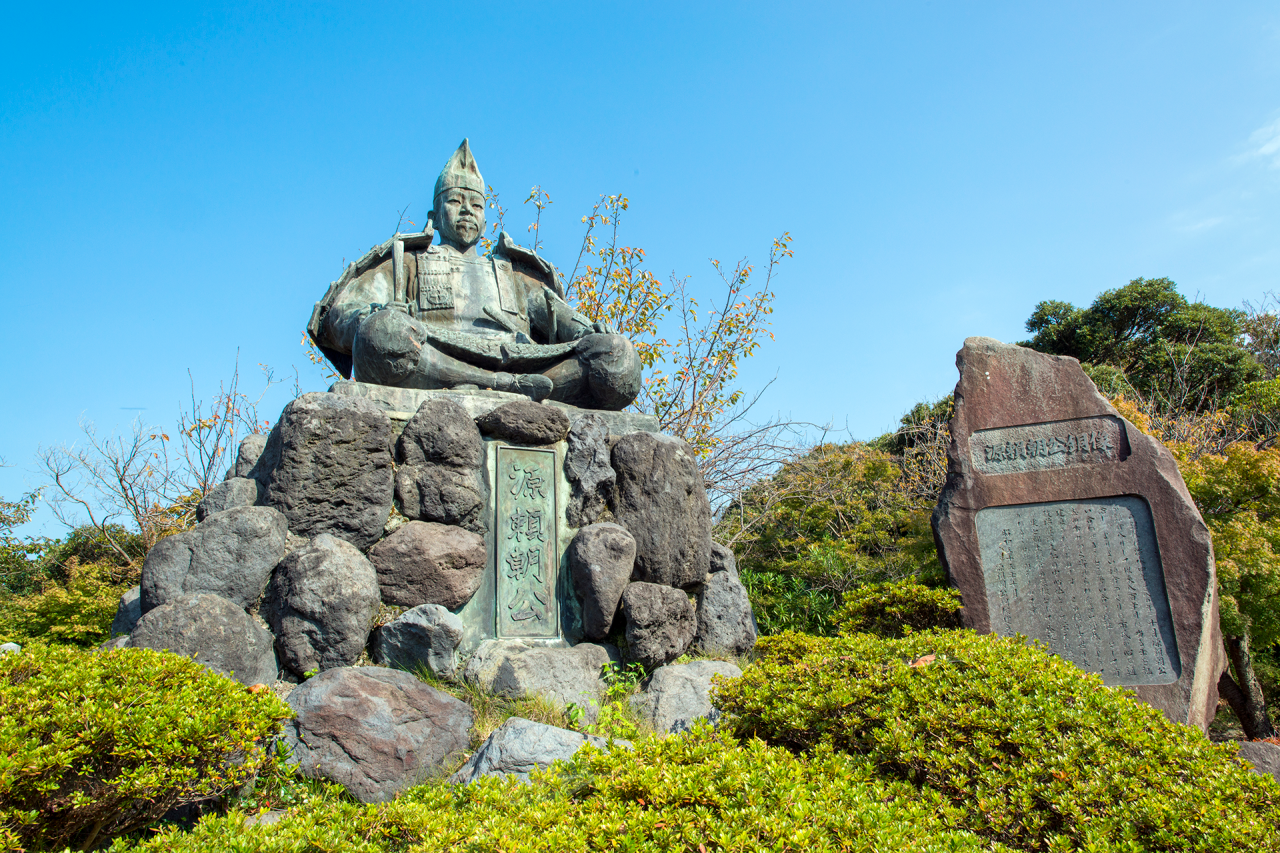
The cultured, imperial Heian world was eventually turned on its head with the rise of feudal warriors, or samurai, who fought for power in place of the existing aristocracy. Two warrior clans – the Taira and Minamoto – clashed in a bid for control, and eventually the Minamoto reigned supreme.
As a result, by 1192, the first shogunate (a system of ruling by military dictators called shogun) was established. It was led by triumphant shogun Minamoto no Yoritomo, who ruled from Kamakura, near modern-day Tokyo.
A turbulent time
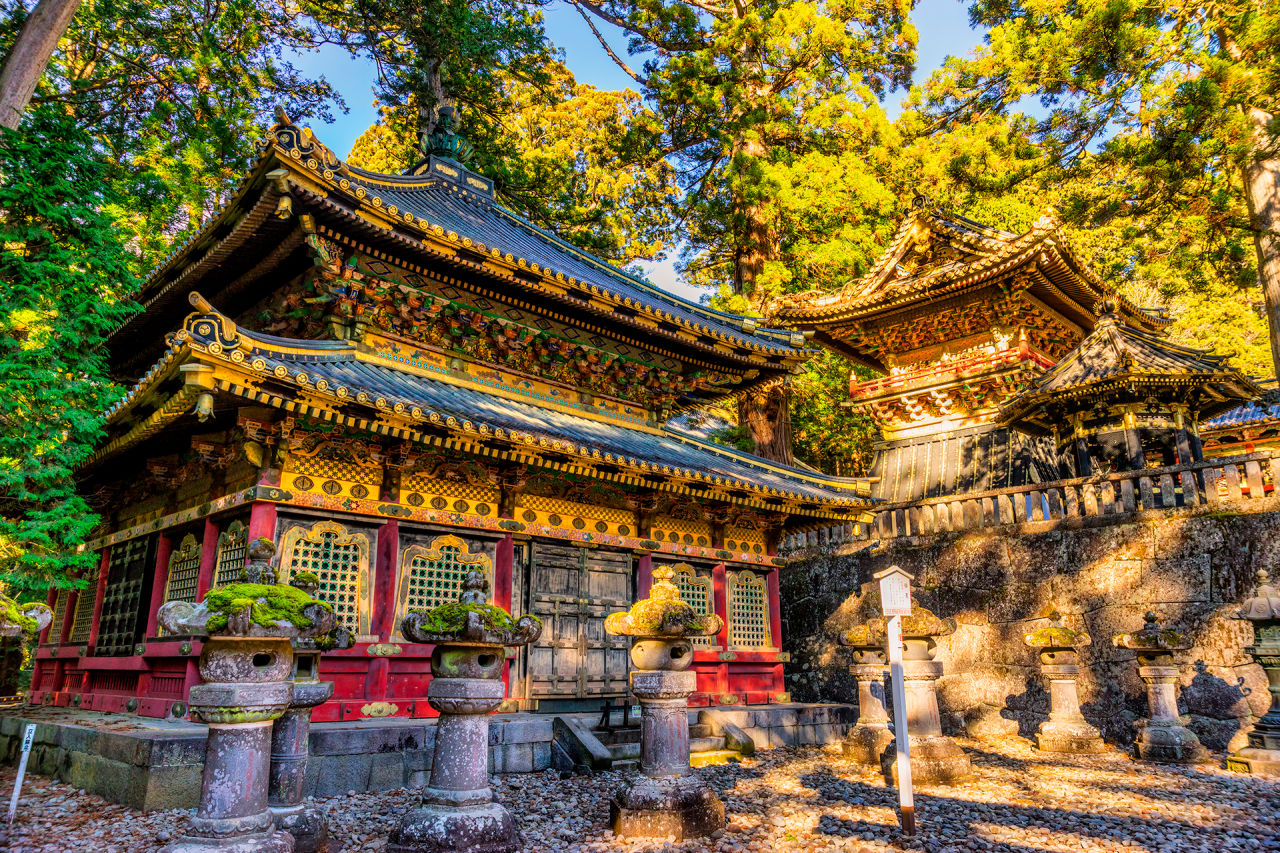
Japan entered a tumultuous period from 1333, when the Kamakura shogunate was overthrown by Emperor Go-Daigo, who yearned for the return of imperial rule. This was short-lived though, and by 1336 a new shogunate was on top: the Muromachi, who existed in firm opposition to the wrecked imperial court.
Still, though, there was no peace for Japan. Civil war broke out between independent samurai clans from 1467 and raged on for more than a century.
Numerous attempts to unify Japan failed until 1600, when samurai leader Tokugawa Ieyasu was victorious in battle. He went on to found the Tokugawa shogunate and is known as one of Japan’s three ‘unifiers’, alongside daimyo (feudal lords) Oda Nobunaga and Toyotomi Hideyoshi.
An isolated land
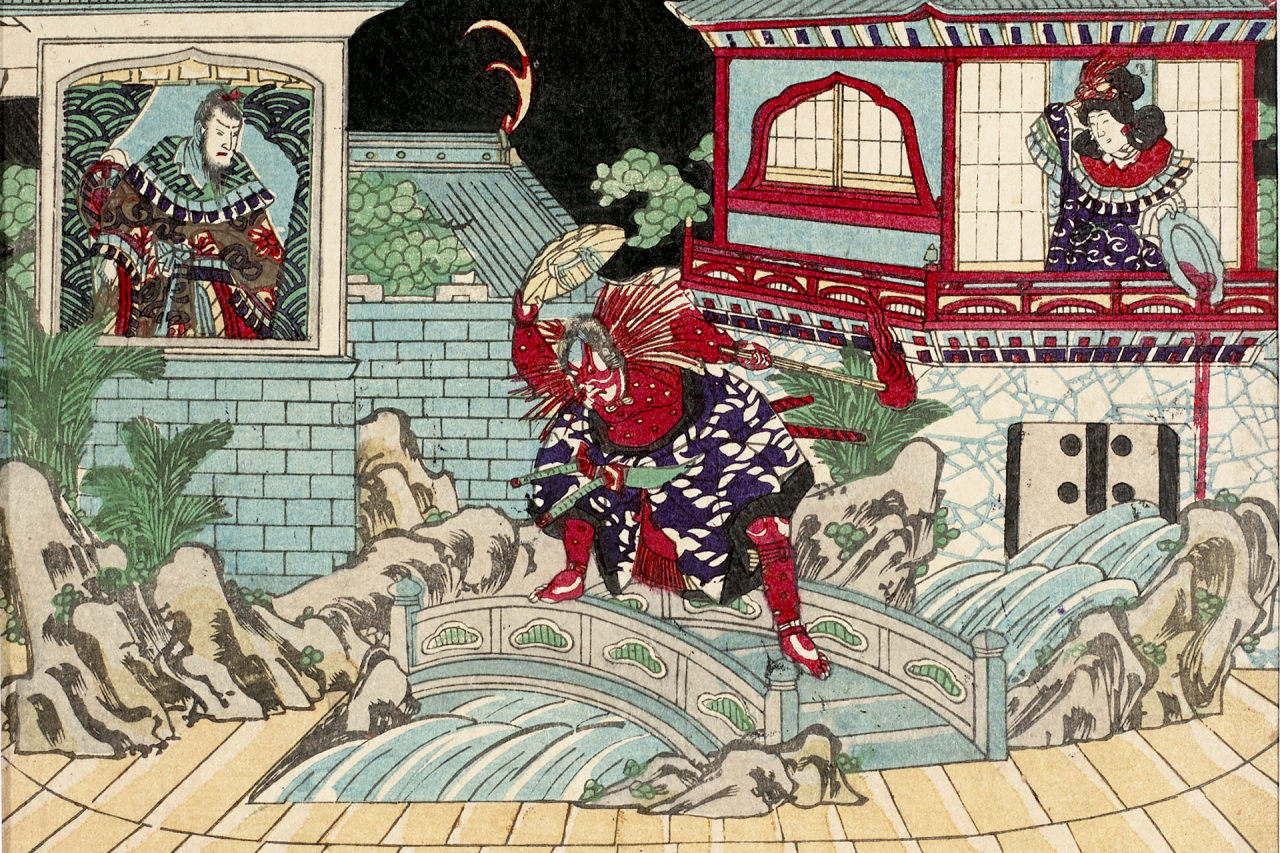
The Tokugawa shogunate, which operated from Edo (modern-day Tokyo), saw fit to cut Japan off from the rest of the world. Strict controls were imposed on foreign trade and travel outside the country was eventually prohibited.
Left to bloom, Edo mushroomed into a huge, booming city with a culture all of its own. This was the period that gave us cultural phenomena including kabuki, a loud, proud form of Japanese theatre.
Opening up Japan
Japan’s period of isolation wasn’t to last, though. It ended with Commodore Matthew Perry and the ‘Black Ships’ of the United States Navy, who stormed into the country in 1853 and forced Japan to make ties with the West.
By 1854 the Treaty of Kanagawa was signed between Japan and the US, opening the country’s ports to American ships and signalling the end of Japan’s detachment from the rest of the globe.
New beginnings
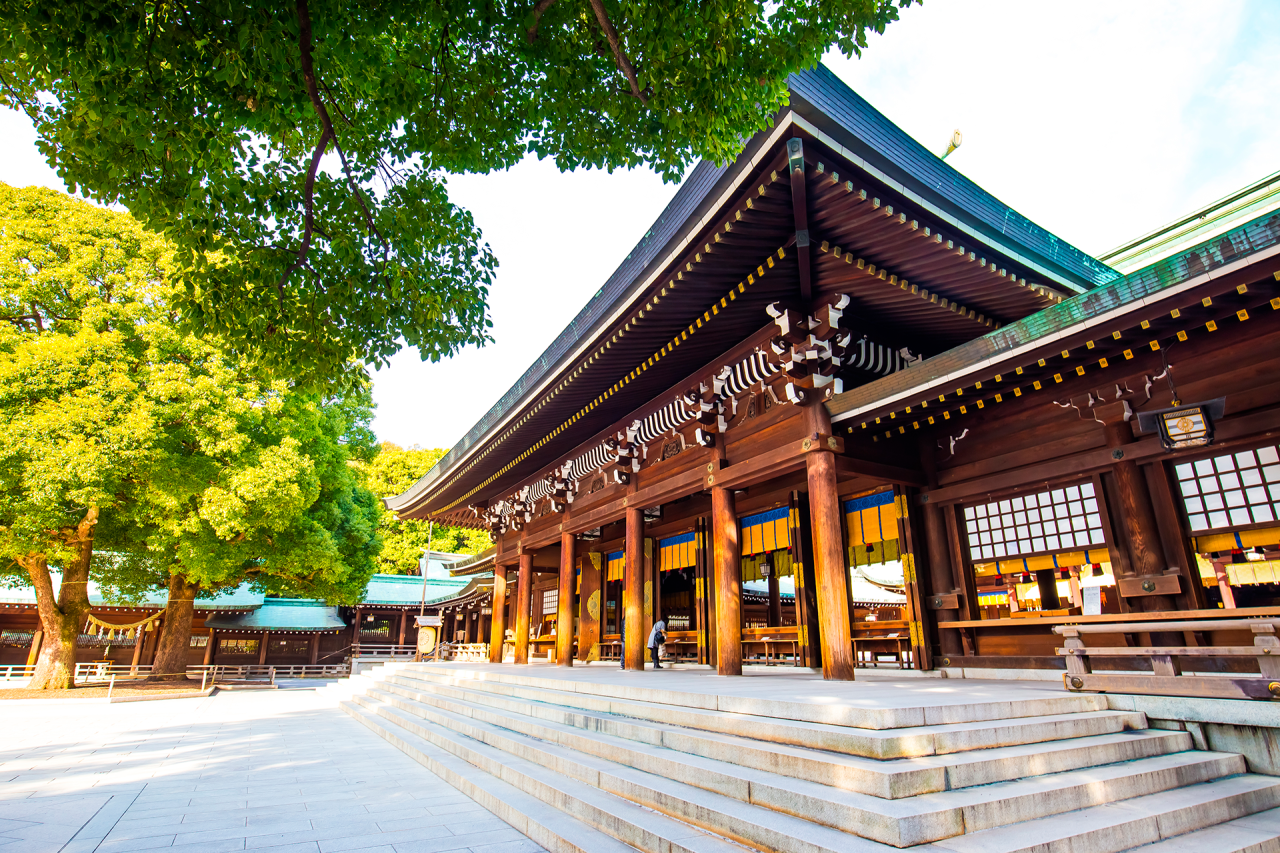
What followed was a period of major change. Emperor Meiji came to power in 1868 (marking Japan’s return to imperial rule) and Tokyo became the official capital. With an eye to the rest of the world, Japan modernised rapidly, embracing everything from Western fashion to architecture.
This continued under his successor, Emperor Taishō, who was known for his liberal politics.
The impact of war
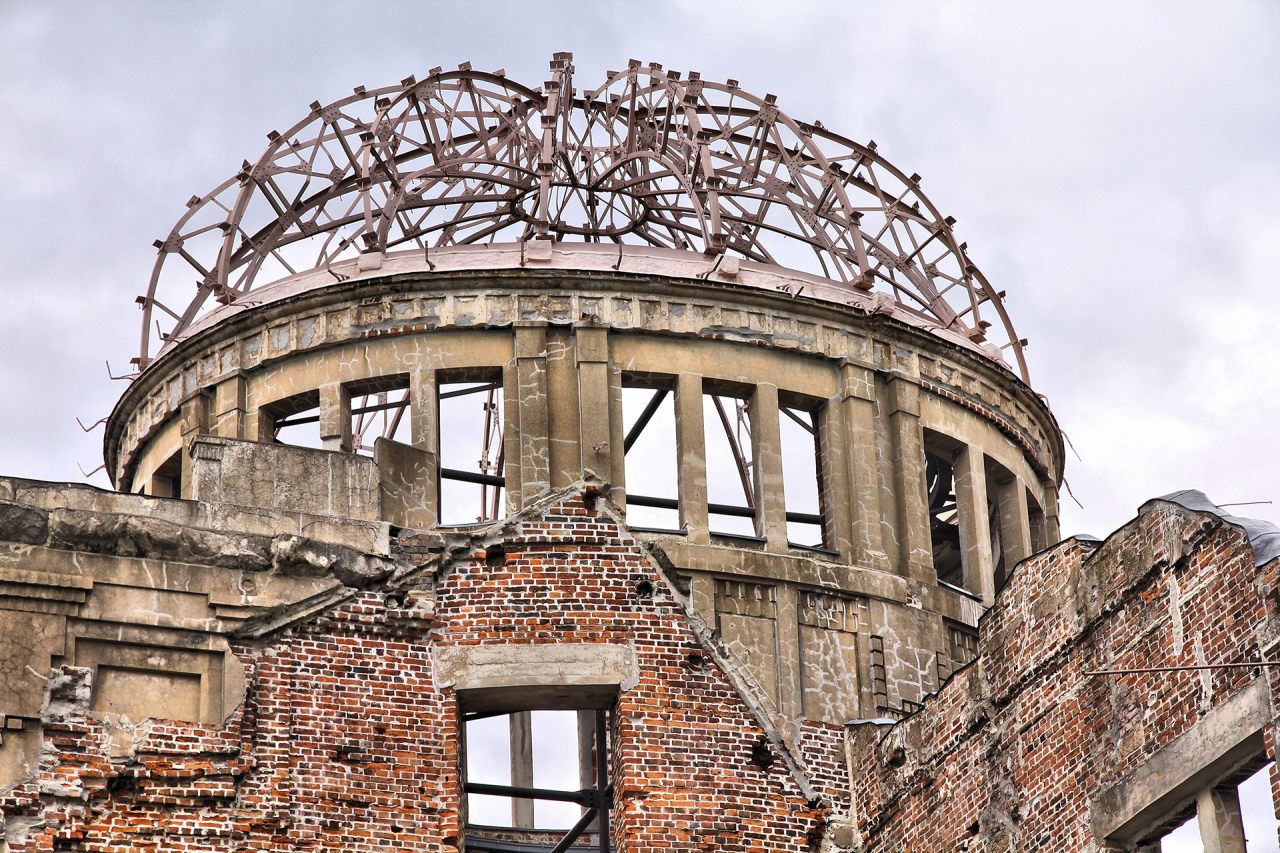
For many decades, Japan was shaken by conflict, from the Second Sino-Japanese War with China from 1937 to its role in the Second World War. In response to trade embargoes imposed by the US, and to advance its own efforts to become a colonial power, Japan wreaked a deadly attack on Pearl Harbour, Hawaii in 1941.
In response, the US detonated atomic bombs on Hiroshima and Nagasaki, devastating both cities. Japan was occupied by the US up until 1952.
A modern Japan
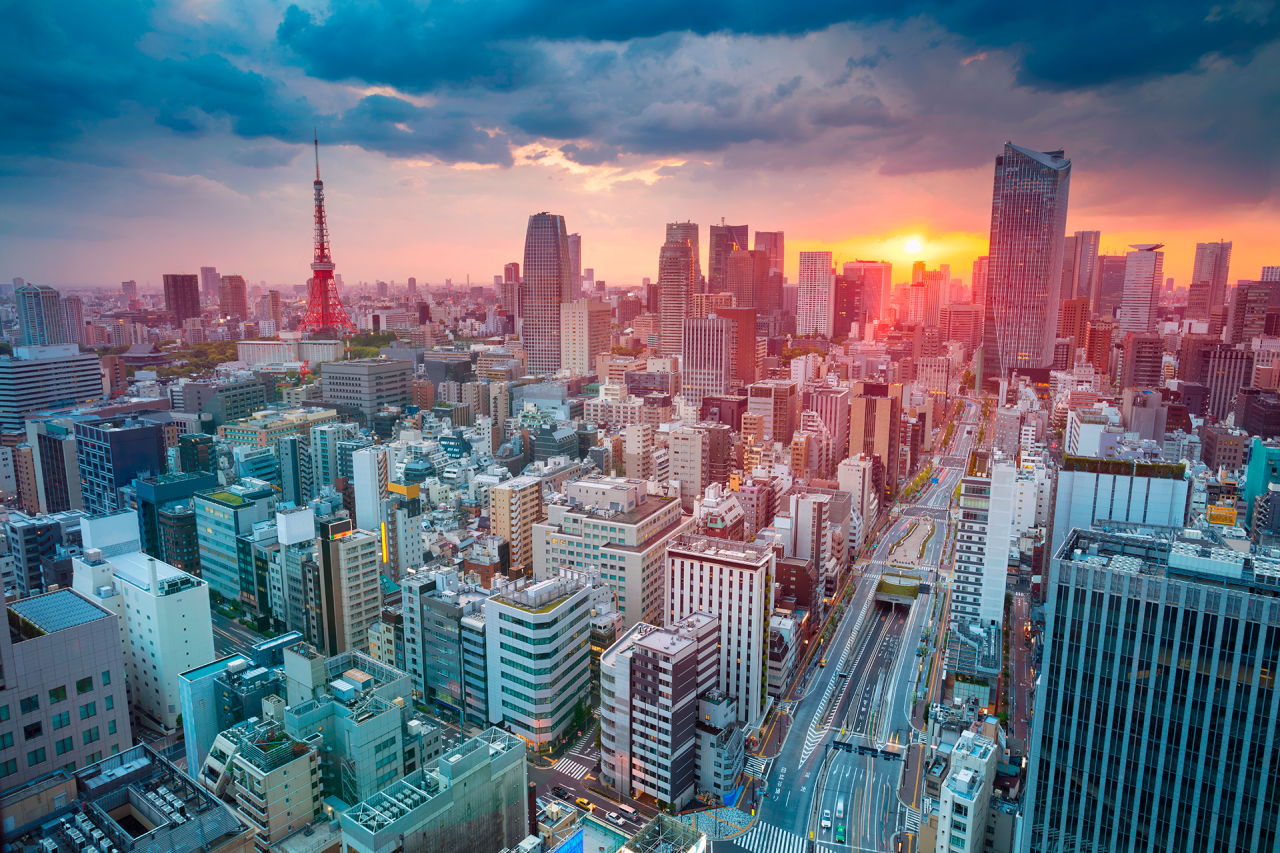
Since American occupation ended, Japan has had its fair share of hardships, from devastating natural disasters to recession in its recent past. But today it remains an industrial titan, known for its technological innovations, unique pop culture and rich history and traditions. And there are plenty of ways for the curious traveller to delve into the past.
Top destinations for history lovers in Japan:
Tokyo
While Tokyo is hailed as a modern beacon, it hasn’t forgotten its past. There’s the forested Meiji Shrine, dating to the 1920s, and the sprawling Imperial Palace, which was built in place of Edo Castle, centre of the Tokugawa shogunate.
Fascinating museums chronicle Japan’s history too: get lost in the Samurai Museum, with its impressive display of swords, or learn more about the Edo Period at the Edo-Tokyo Museum.
Kyoto
A former imperial capital of Japan, Kyoto has plenty to offer history lovers. A cradle of Japanese tradition, it’s filled with UNESCO sites including the castle of Nijo-jo, constructed by shogun Tokugawa Ieyasu.
Don’t miss the Fushimi Inari Shrine, either: this incredible sacred site, with its red torii gates, predates Kyoto itself.
Kumamoto
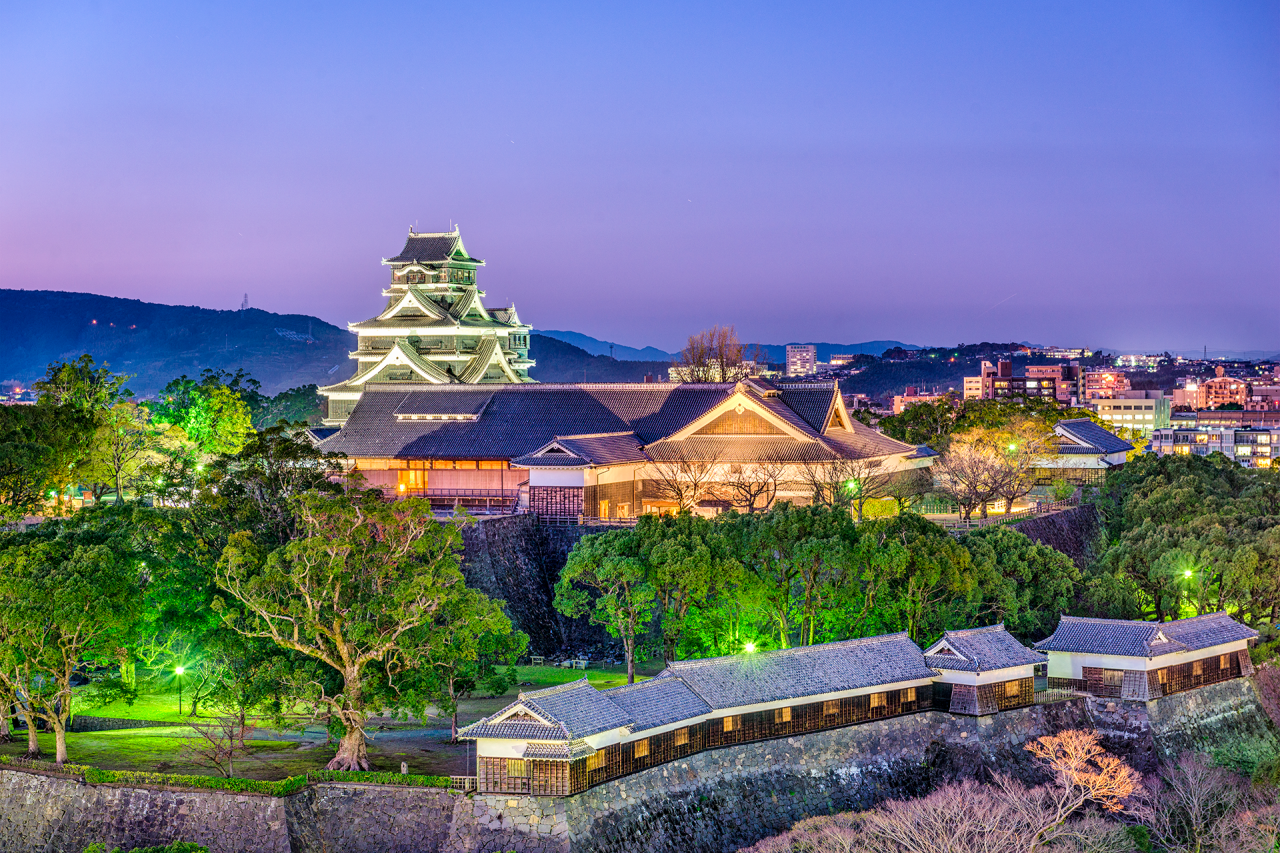
When it comes to Japanese castles, fairy-tale Himeji gets the most attention – but mighty Kumamoto Citadel is a great bet for history fans. It was constructed on behalf of one of Tokugawa Ieyasu’s warriors and dates to 1607. Due to the 2016 earthquake here, you can currently only view the castle from outside – but it’s a striking sight all the same.
Kamakura
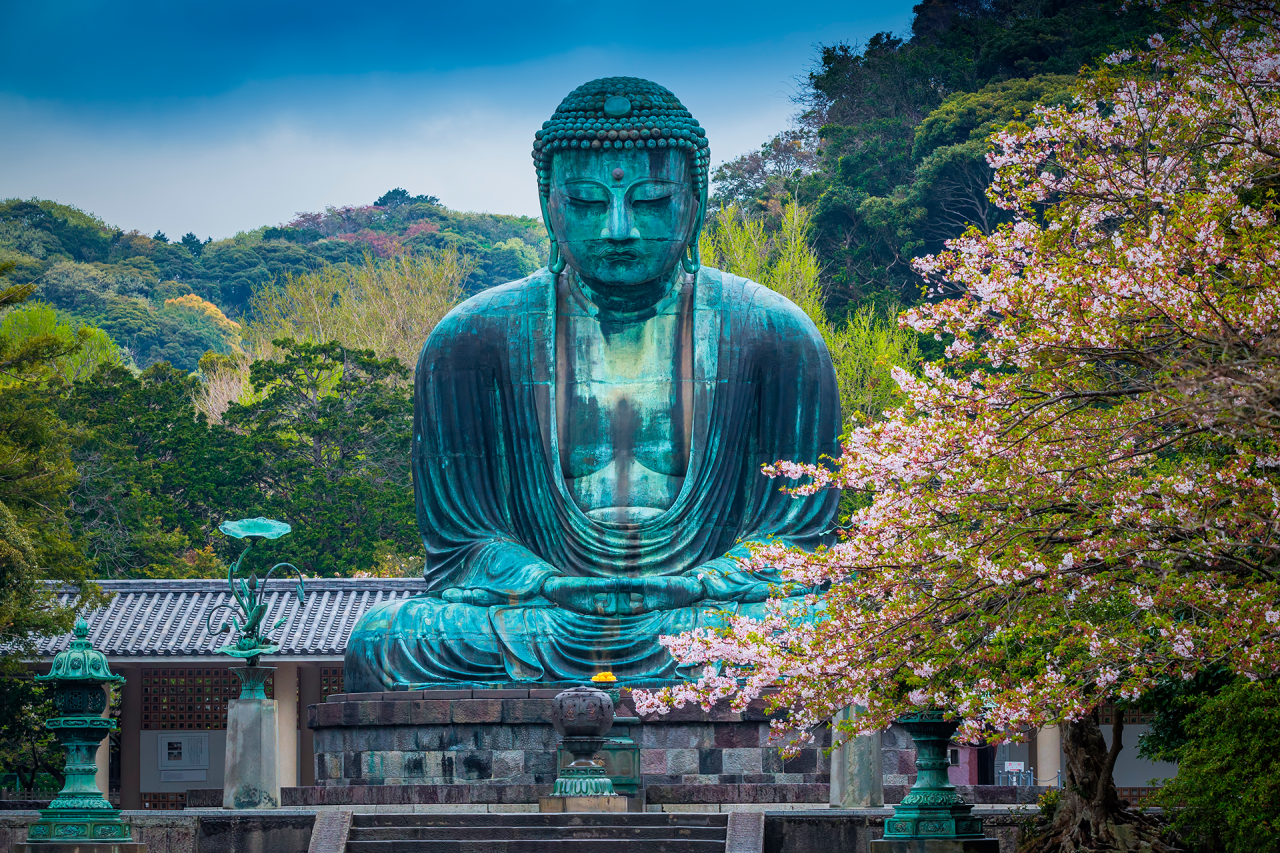
Kamakura was significant as the seat of the Kamakura shogunate from the 12th century, with many sacred sites dating to the era. The enormous Great Buddha is one of the most important monuments here, symbolising the importance of Buddhist movements during this period.
Hiroshima
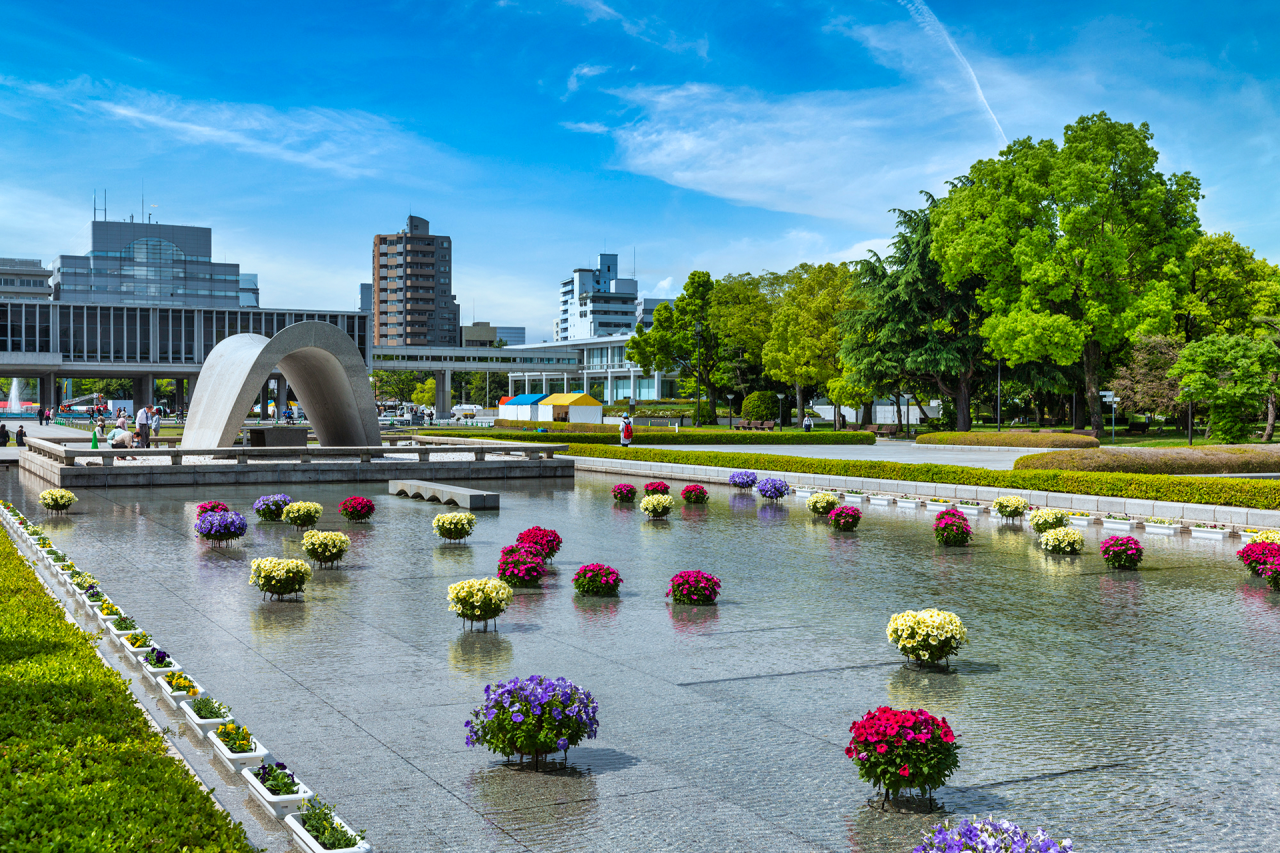
Hiroshima Peace Memorial Park is a poignant tribute to the victims of the atomic bombings. Here you’ll find a museum packed full of moving relics, the serene Pond of Peace and the haunting ruin of the Industrial Promotion Hall.
Read next
Now isn’t the time for going places. However, as we spend the coming weeks mostly indoors, we can still dream about travel, plan future adventures and revisit ones we’ve taken before. This is exactly what we’ve asked our team to do – to dream and reflect. Here are 12 memorable trips taken by the DK Eyewitness team, featuring eclipses, safaris, cycling treks, pilgrimages, bunnies, toboggans and ancient ruins.
How to be an armchair traveller
Just because you can’t escape to a new adventure right now doesn’t mean you should stop dreaming. There are ways to remain inspired, whether you’re surfing the internet on your phone, lounging at home, or sipping coffee at your local cafe. Being an armchair traveller is all about learning about and reflecting, and ultimately engaging with far-flung places without ever needing to leave home.


